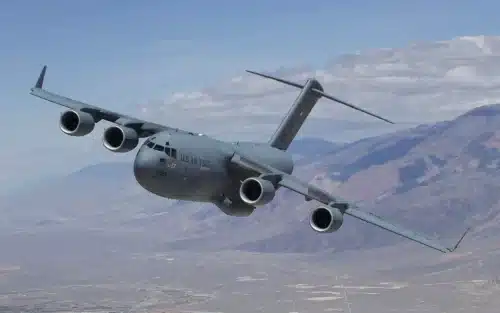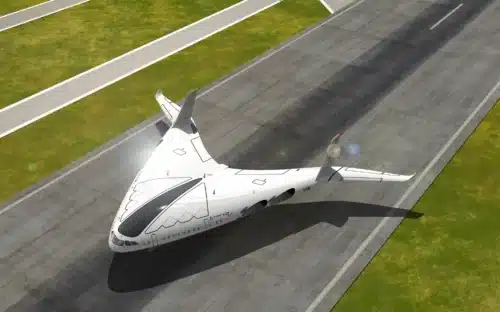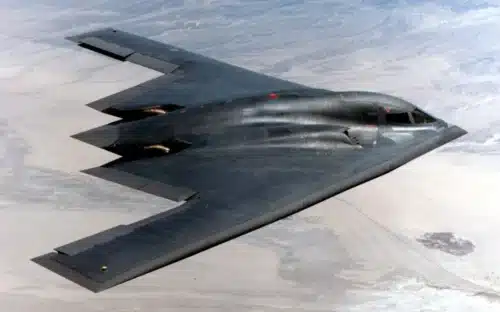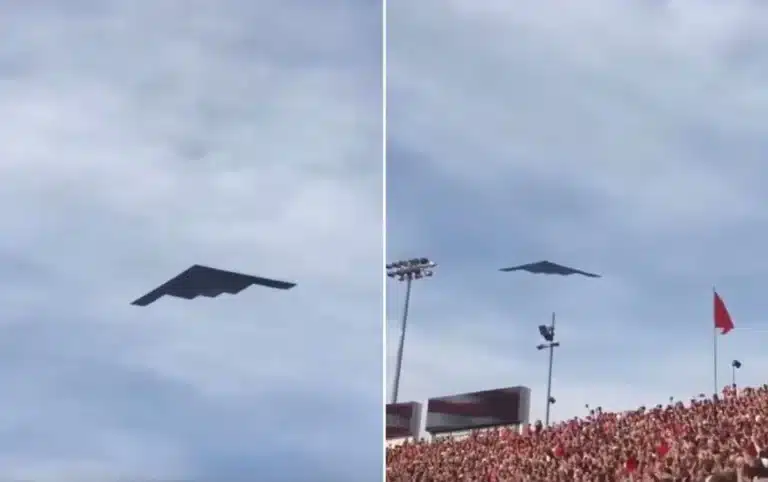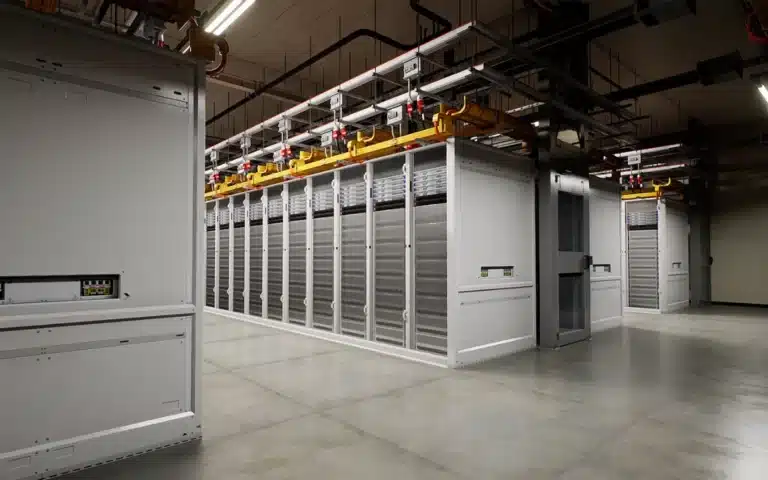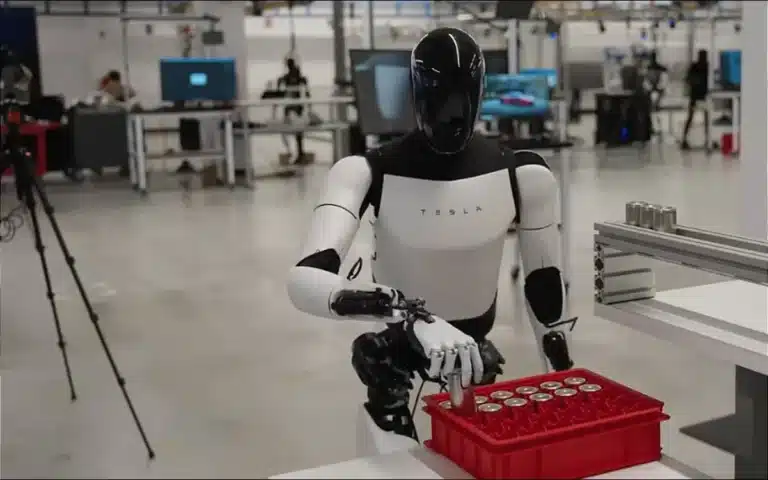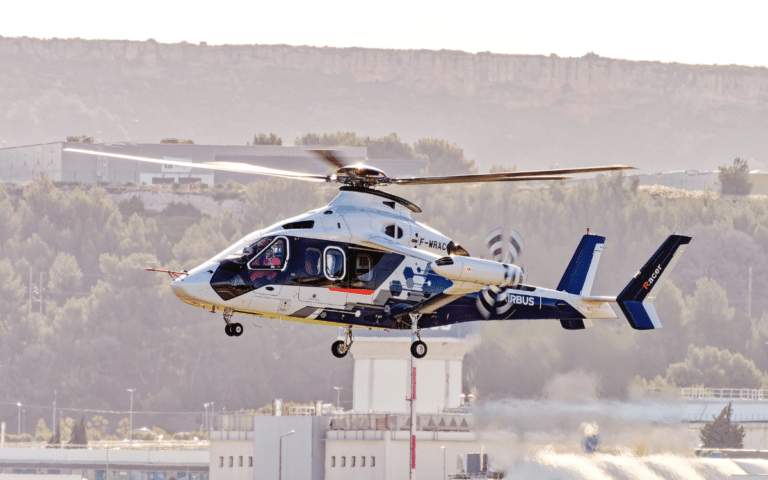In a groundbreaking leap for aviation technology, engineers at the Korea Advanced Institute of Science & Technology (KAIST) are spearheading the development of a humanoid robot capable of piloting aircraft with unparalleled precision.
Named PIBOT, this innovative creation represents the culmination of decades of progress in artificial intelligence (AI) and robotics.
READ MORE: The Audi AI-RACE is the brand’s supercar of the future
This journey towards humanoid robot pilots has been fueled by remarkable advancements in AI technology.
Over the years, AI has evolved from simple rule-based systems to sophisticated neural networks capable of mimicking human cognition almost perfectly.
This transformation has empowered machines to learn from vast amounts of data, adapt to new situations, and perform complex tasks with remarkable accuracy.
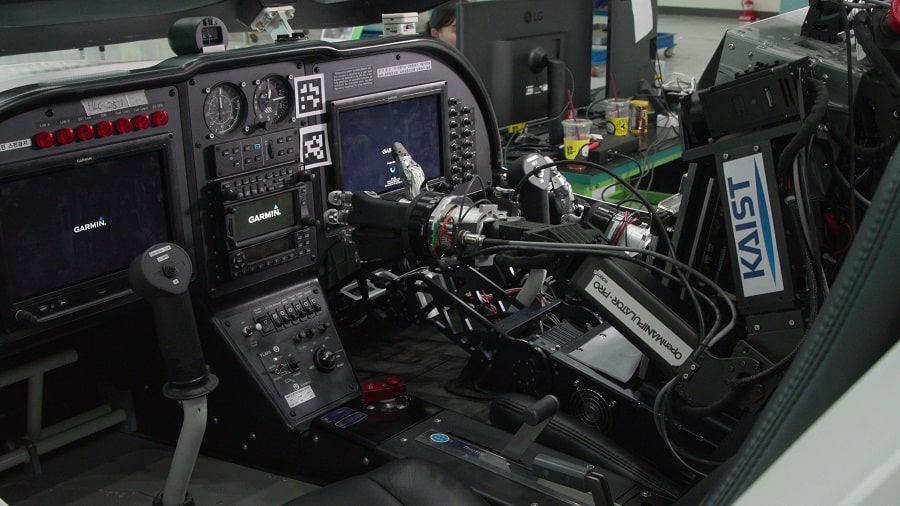
PIBOT’s ability to navigate an aircraft cockpit designed for humans is a testament to the transformative power of AI.
Equipped with high-precision control technology, PIBOT can manipulate flight controls with the finesse of a seasoned pilot, even in challenging conditions such as severe vibration.
Its external cameras provide a real-time view of the aircraft’s surroundings, while internal cameras allow it to manage essential switches on the control panel.
But perhaps the most remarkable feat lies in PIBOT’s capacity to understand and memorize complex manuals presented in natural language.
This capability, made possible by recent advances in large language models (LLM), enables PIBOT to adapt seamlessly to various aircraft types and emergency situations.
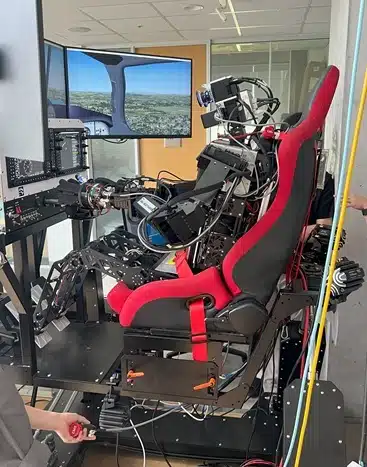
With a memory capable of storing vast amounts of aeronautical navigation charts, PIBOT surpasses the limitations of human pilots, who often struggle to memorize extensive manuals.
The development of PIBOT heralds a new era in aviation, where human-robot collaboration promises to enhance safety, efficiency, and autonomy in flight operations.
By leveraging AI technology, PIBOT can operate flights with minimal errors and react swiftly to emergencies, potentially saving lives in critical situations.
Moreover, its ability to communicate with air traffic controllers and humans in the cockpit using voice synthesis technology further enhances its utility in real-world scenarios.
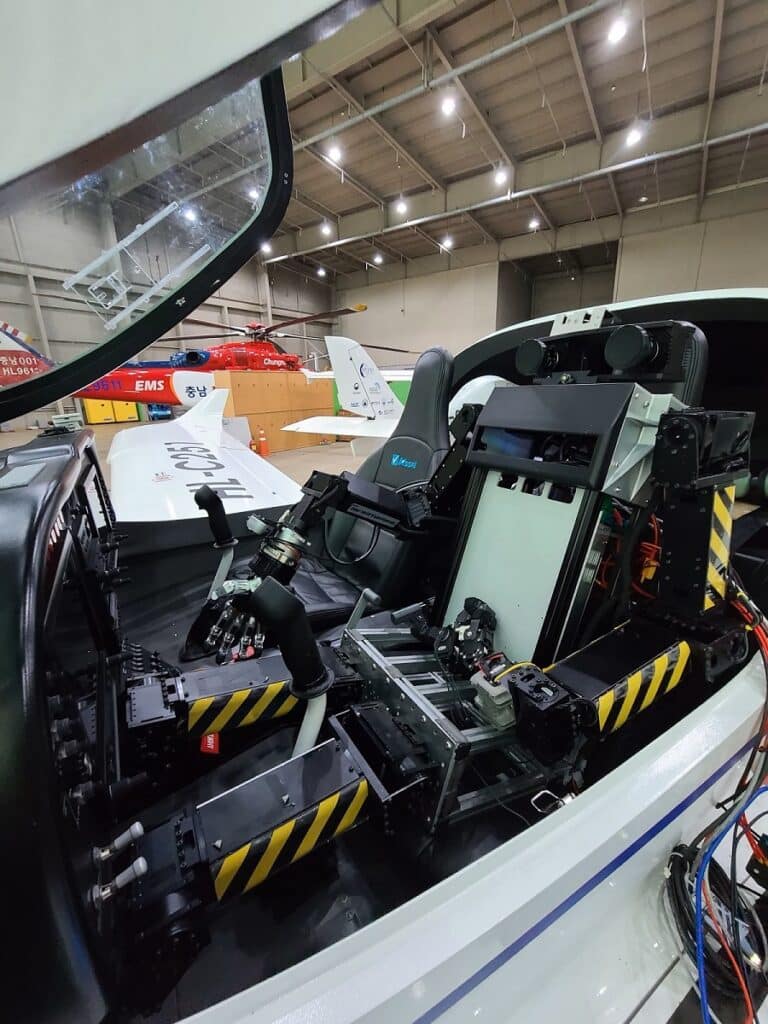
Beyond aviation, the implications of humanoid robots like PIBOT extend to various industries and domains. From driving automobiles to commanding ships at sea, and even making coffee, these versatile machines have the potential to revolutionize human-centric environments.
Still, making a coffee is one thing, but would you get on board a plane you knew was piloted by a robot?


